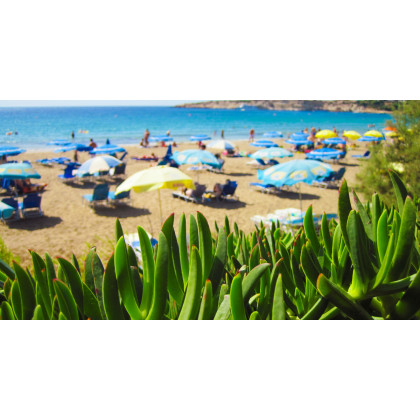On the day of the summer solstice, the Earth presents its North Pole to the Sun and hides its South Pole. The star of the day rises to the highest in the sky of the northern hemisphere and lowest in the southern hemisphere. Thus, in the northern hemisphere, the summer solstice is the most common day along the year (June 21 or 22), and the shortest for the southern hemisphere (21 or 22 December, the seasons being reversed).
The summer solstice marked the beginning of the year among the Egyptians, who noted at the same time the swelling of the Nile. The event was also important for the Celts, who were celebrating the Litha feast. Strength, fertility are at the heart of rituals, in a period full of life and light. Today, huge crowds gather every year on June 21 at the Stonehenge site in Britain to remember these pagan celebrations. The Saint John festivities (which takes place on June 24th) have long livened up the villages around the solstice. Formerly, it was customary to light a large stake on a place around which we feasted at will. The young men challenged themselves by jumping over the fire. Internationally, the solstice also creates animation in certain countries such as Sweden, where the tradition of Germanic origin has kept its folklore: dances in costumes, songs and wreaths of flowers are on hand to celebrate the arrival beautiful days.
In Celtic times, the smoke was used to purify cattle, and the ashes to fertilize the fields. The fire was to sustain the energy of the sun by giving it the strength to warm the earth and to remove the forces of evil buried in the earth. darkness. There was also mistletoe, which, without the berries, became an amulet of protection, which was exchanged with that of last year that was thrown into the fire. It is from this time that the word "honeymoon" comes from because the honey was harvested, and we got married in June! The "plants of St. John" are said to have an exceptional efficiency if they were picked before sunrise, covered with dew, on the morning of June 24th. They are mainly used to concoct herbal teas. On the morning of St. John, the forces of the earth are at their peak, the plants then draw the maximum strength in their roots; to pick them you will have to have a light heart and as fresh and pure as your hands, and to be fasting after the night.
The 7 sacred plants: sagebrush, yarrow, houseleek, ground ivy. St. John's wort, daisy and sage.
 | SAME DAY DELIVERY AVAILABLE FOR ORDERS PLACED BEFORE 14H
| SAME DAY DELIVERY AVAILABLE FOR ORDERS PLACED BEFORE 14H

Leave Your Comment